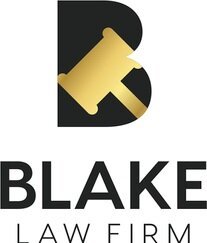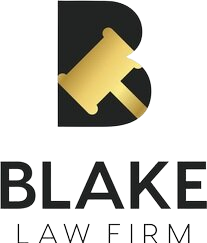San Diego’s Tenant Protection Ordinance of 2023
As of June 24, 2023, residential tenants in San Diego will be insulated from an array of potential eviction scenarios and landlords will have to follow stricter guidelines if they wish to lawfully evict their renter.
In May 2023, the San Diego City Council passed Ordinance O-21647, more commonly known as The Tenant Protection Ordinance (“Ordinance”), granting renters a broad spectrum of protections against eviction. Many of the Ordinance’s provisions mirror the California Tenant’s Protection Act of 2019 (AB 1482, codified at Civil Code 1946.2) (“TPA”), while several others go well beyond the protections provided by the state.
The stated impetus of the Ordinance is the City’s rental housing shortage and the growing “humanitarian crisis of homelessness”. The rules seem primarily aimed at closing some of the perceived loopholes in the TPA rules governing no-fault evictions. The preamble to the Ordinance states that it seeks to provide stronger tenant protections from displacement and homelessness and to promote housing and neighborhood stability.
Consistent with the TPA, the Ordinance exempts categories of housing such as homes less than 15 fifteen years of age, condos, and certain scenarios where the landlord lives with his/her tenant. Residences falling within the limited list are not governed by the Ordinance. Additionally, leases of less than three months also fall outside the Ordinance.
Similar to the TPA, the Ordinance imposes different benchmarks and requirements for at-fault vs. no-fault evictions. On the other hand, there are several ways in which the Ordinance differs from the TPA. One of the starkest differences is that San Diego tenants are protected from day one of their lease. The California TPA, by contrast, does not protect tenants until the one-year mark.
The Ordinance’s rules on no-fault evictions deviate from the TPA in several significant ways. A few of the differences include:
Tenant approval for eviction to move in a family member. Landlords are still permitted to evict a tenant to move in family members, but the category of family member is diminished (siblings are excluded unlike the TPA), and landlords must obtain their tenant’s permission unless the lease terms allow for evictions in these circumstances.
Much higher thresholds for evictions for remodels. Among other things, Landlords must obtain and post the permits for their remodel project and serve a notice on the tenant signed under penalty of perjury explaining the need for the remodel and why the tenant cannot remain in place during the work.
Right to re-lease the property within five years. If the unit is offered for lease within five years following the eviction the landlord must give the tenant the right of right-refusal, subject to the tenant providing certain information and meeting any new screening requirements.
Higher relocation assistance requirements. The Ordinance also requires the landlord to provide greater relocation assistance. Tenants must be given the equivalent of two months of rent or three months if the tenant is a senior or disabled. The California TPA only requires one-months’ rent for relocation assistance.
If a landlord and tenant can strike a deal for the tenant to vacate, often called cash-for-keys, the Ordinance imposes specific requirements for what it terms a buyout agreement. The landlord is obligated to make specific disclosures to the tenant about their right to refuse and the money provided must be more than the relocation assistance. Failure to strictly comply with the Ordinances requirements will void the buyout agreement.
The Ordinance also imposes additional rules for evicting tenants at-fault. Significantly, the City is creating a Commission to review at-fault eviction notices. Once established Landlords will be required to submit their notices to the Commission after serving the tenant explaining the basis for the at-fault eviction. Landlords must also provide the tenant with an opportunity to cure provided the issue is a curable lease violation.
In addition to imposing various rules, the Ordinance grants tenants a variety of remedies such as treble damages, injunctive relief, and a right to recover attorney’s fees, and consequently several liabilities are imposed upon landlords for their failure to comply. On that note, some opponents of the Ordinance think the restrictions will have a chilling effect on the smaller landlords which may work against the goal of providing home stability. Advocates of the Ordinance believe it will allow a substantial number of people to remain housed. Either way, the impact of the Ordinance will likely take a while to fully reveal itself. The full text can be found here.
The foregoing is not intended to be exhaustive, and the information provided above does not, and is not intended to, constitute legal advice. All information, content, and materials are for general informational purposes only and do not create an attorney-client relationship. The experienced and knowledgeable attorneys at Blake Law Firm are available to answer questions and help you navigate your real property issues.



